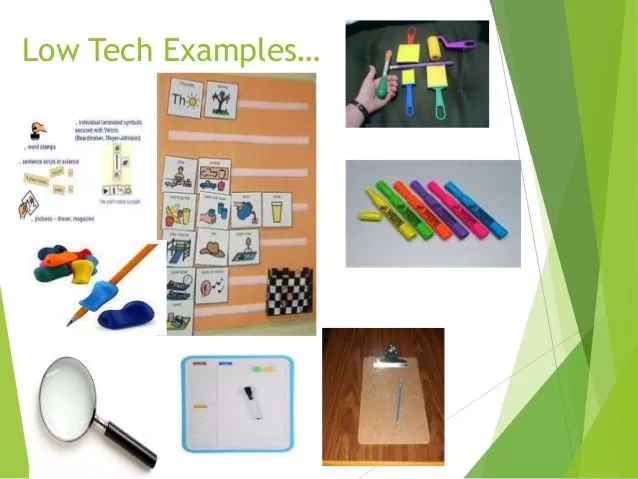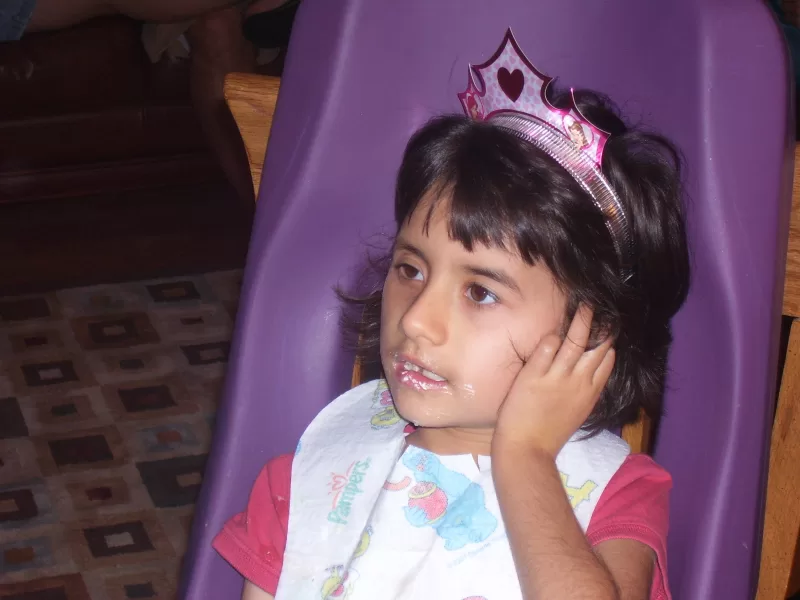
Too many times schools misuse school removals as a behavioral management strategy and this is a clear violation of their right to a free appropriate public education (FAPE). Disciplinary removals impact a student’s learning. Rather than address the behavior, they call the parents to pick their child up because the child needs to “calm down.” Then, the school does not record that as a removal from school. The Office of Special Education Programs’ has a name for it, “informal removals”. And they say these removals need to be replaced with evidence-based strategies to help prevent interfering behaviors.
What is a disciplinary removal?
The Individuals with Disabilities Education Act (IDEA) allows school personnel to implement a short-term disciplinary removal from the current placement, such as an out-of-school suspension, for a child with a disability who violates a code of student conduct. Everyone agrees that this is true and common sense dictates it is necessary. Any student who violates the school code of conduct can receive a punishment that may include suspension. The disagreements begin when the school repeatedly removes a child receiving special education services from their educational placement because of behavioral issues and the child’s education is affected.
Schools implement a disciplinary removal whenever they remove a student with a disability from their educational placement for disciplinary purposes. This includes in school suspension, out-of-school suspension, expulsion, removal by school personnel to an interim alternative educational setting for drug or weapon offenses or serious bodily injury, and removal by a hearing officer for likely injury to the student or others. For example, if a student starts a fight on the playground, they might receive disciplinary removal.
The ten-day rule
Schools can remove a child receiving special education services from their regular setting for not more than 10 days in a row. They are not required to offer special education services for those 10 days in a school year if they do not provide educational services to students without a disability during a removal. For example, a student with a disability and a student without a disability both violated the school code of conduct and received a six-day out-of-school suspension. If the student without a disability does not receive educational services, then the student with a disability does not need to receive them either. Beginning on the 11th cumulative day of a school year that a child is removed, the school must start providing special education services to the student.
Sometimes a student can receive multiple disciplinary removals in a school year. Schools have the authority to remove a student multiple times during the year if more than one violation occurs. Removals can occur if they don’t violate the ten-day rule AND they do not create a “change of placement” in the disciplinary context.
Students with disabilities who receive four or more out-of-school suspensions in the ninth grade are less than half as likely to graduate from high school and enroll in college.
A change of placement
A change of placement occurs if the disciplinary removal exceeds 10 consecutive school days OR if the student experiences a series of removals that form a pattern. You can establish a pattern in three ways. First, if the series of removals totals more than 10 school days in a school year. For example, if a student received a three-day suspension in October, a two-day suspension in November, and a six-day suspension in January; that is a pattern.
Second, if the school removes the student multiple times for essentially the same reason. IDEA states that if the behavior is “substantially similar” to the previous incident, that resulted in a removal. This is subjective, but it addresses an important issue. If the school repeatedly removes the student for the same reason, then they need to change the behavioral plan or the IEP because it is not working.
Third, another way to establish a pattern is by examining other factors like the length of removal, total amount of time removed, or how close the removals were to each other. This allows the school and parents to look at the student’s behavior in its totality. For example, they could examine a pattern of office referrals, extended time excluded from instruction (time-out), or extended restriction of privileges.
So, a change of placement can occur even if the student is still in the school building. Any amount of time the student cannot continue to be involved in and making progress in general education classes, does not receive instructions and services specified in the IEP, and can’t participate with non-disabled students to the extent they would have in current placement- counts as a removal. Some examples of this could be: Repeatedly sending a student out of school on “day off” or “administrative leave” or calling parents to pick the student up early because of behavior; repeatedly sending the student out of school with a condition for return, such as a risk assessment or psychological evaluation; or regularly requiring the student to leave school early and miss instruction time, like shortened days.
When a change of placement occurs, the school must notify the parents of the decision and provide a copy of the procedural safeguards. They must notify them that same day. Then, a Manifestation Determination must be conducted within 10 school days of the decision. The Manifestation Determination will review all the information and determine whether the change of placement is caused by or related to the disability. In short, if it is related to the disability, then the school failed to implement the IEP and the student returns to their original placement, hopefully with a better IEP in place.
Why does it matter?
Michigan Department of Education data show students who receive one out-of-school suspension incident (based on suspensions of 1-3 days each) in ninth grade are a quarter less likely to graduate high school, a third less likely to enter college, and more than twice as likely to drop out of high school. Students with disabilities who receive four or more out-of-school suspensions in the ninth grade are less than half as likely to graduate from high school and enroll in college. These same students are four times as likely to drop out of high school. We are failing our students if we continue to remove them from their learning environment and services. If a student who has an IEP has behavioral issues, then it is the responsibility of the school to make sure they are addressing those issues in the IEP so that the student can stay in school and receive their education.


